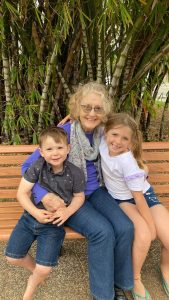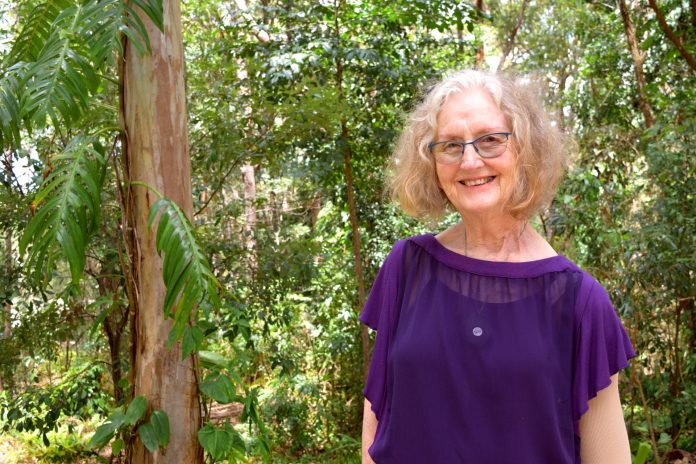A Beerwah great-grandmother is enjoying a life she was not sure she would have the chance to live after a terrifying cancer diagnosis 50 years ago.
In 1971 Heather Rutherford was a happy and healthy 32-year-old until her world came tumbling down when she was told she had breast cancer.
With medical technology far less advanced in the 1970s, the now 83-year-old had to overcome hurdles not even doctors had the answer to.
“I’m 83, I never thought I was going to reach this age,” Ms Rutherford said.
“At the time I was diagnosed I had two little boys, one was just at school and the other was at pre-school and I was living a full life.
“It was scary. My children were only little, and that was my priority. I had a family to care for.”
Ms Rutherford said she first found a lump while in the shower and knew she needed to get to the doctors.
“I was going through the emotions initially.
“I instinctively knew I had to do something and then found out what this was, and perhaps not believing it was real — I think we go into a state of denial.”

Help keep independent and fair Sunshine Coast news coming by subscribing to our free daily news feed. All it requires is your name and email. See SUBSCRIBE at the top of this article.
Ms Rutherford successfully underwent surgery and radiation therapy to remove the cancer but nearly 11 years later developed a painful condition known as lymphoedema.
“The condition of lymphoedema was little known in the 1980s, and I struggled for eight years before finding any help that worked,” Ms Rutherford says.
“Initially my elbow area started to swell and, because so little was known about it, I was initially diagnosed with arthritis.
“The arthritis medication didn’t help, obviously because it wasn’t that.
“There was no support or direction. I was researching, but we didn’t have any internet in those days, so it was asking questions.
“I was told compression and elevation were remedies and for some time, I had a hook in the ceiling above my bed and I was sleeping with my arm elevated, hanging from the ceiling.
“It was desperate times and I found out later this was very bad for my condition.”
As science caught up with the condition and treatments became more effective Ms Rutherford tried various therapies until she was introduced to manual lymphatic drainage at the Wesley Hospital in the 1980s.
A specialist massage therapist delivers the treatment with the assistance of a piece of equipment known as a Lympha Press, which uses air compression delivered through garments wrapped around the affected area.
“The lymphoedema, that really was a 24-7 struggle it was something we have to learn to live with.
“I now have specialist massage every month to manually drain lymphatic fluid from my problem arm. It just keeps on top of it for me.”
Ms Rutherford said she was “excited” to see how far treatment and technology had come in the past 50 years and the difference it was now making for breast cancer patients.
“I’m excited myself for how far the treatment and technology has come.
“It is so different now to what it was when I was going through it, which is just wonderful.
“There’s knowledge, there’s research and worldwide research that is shared, and the technology too.”
While much has changed for Ms Rutherford since 1971, she is grateful to have seen her two sons grow up and she now has five grandchildren and four great-grandchildren.
Hoping to inspire others on life beyond a cancer diagnosis, Ms Rutherford’s message is to never give up.
“The most important thing is that people have hope; they can see light at the end of the tunnel,” she said.
“It’s daunting being told you have cancer. But nowadays the information is there, and the support is there, when it wasn’t years ago. There is help.”

Manual lymphatic drainage is available to cancer patients on the Sunshine Coast at Bloomhill Cancer Care and lead therapist Debbie Myers said the treatment was life changing for lymphoedema sufferers.
“Lymphoedema develops due to a blockage or breakdown in the body’s drainage system (the lymphatic system) which causes a build-up of fluid,” Ms Myers said.
“It can develop within days, weeks, months or even many years after treatment for cancer more commonly in the arms and legs, but can also occur in the neck, face, chest wall, upper and lower body.”
Bloomhill Cancer Care is currently providing assistance to 315 women with a breast cancer diagnosis.





